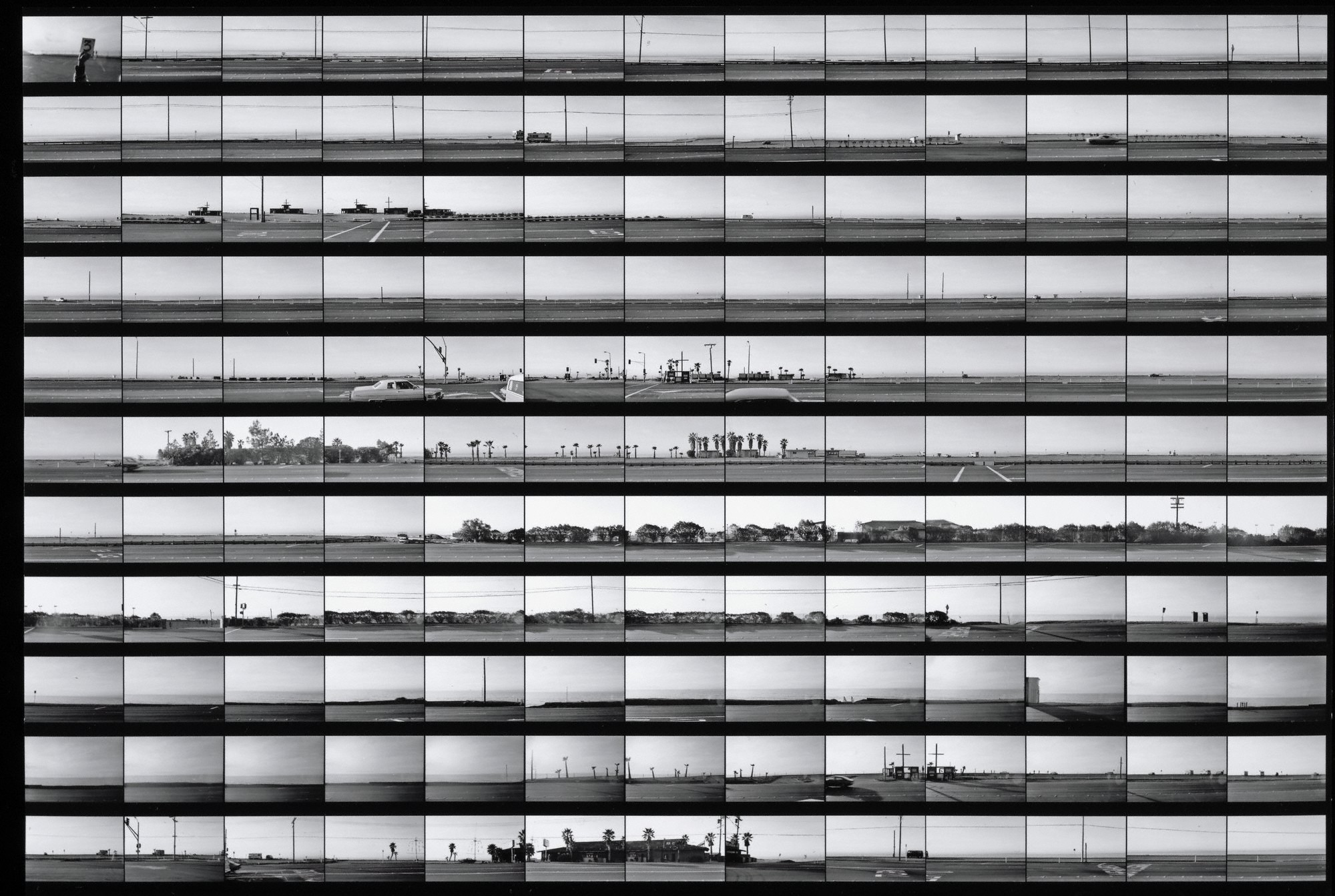
When New York City architect Curtis B. Wayne first started talking about “The Fourth Architecture,” it was clear he was not doing so to make friends. You do not write manifestos to make friends. You write them because of some perceived urgency, because the time is right.
As a long-standing practitioner, radio host, and graduate of Cooper Union and Harvard’s Graduate School of Design, he already has a lot of friends. What he’s interested in is saving architecture from the current orthodoxy of form-making over substance, or “sculpture you can live in.” “We are too wise for this,” writes Wayne.
In fact, I can go further. Judging from the little red book that has finally emerged from Wayne’s brain, appropriately titled, The Shape of Things that Work: The Fourth Architecture, I’m almost certain he set out to piss people off. But not without a purpose.


















